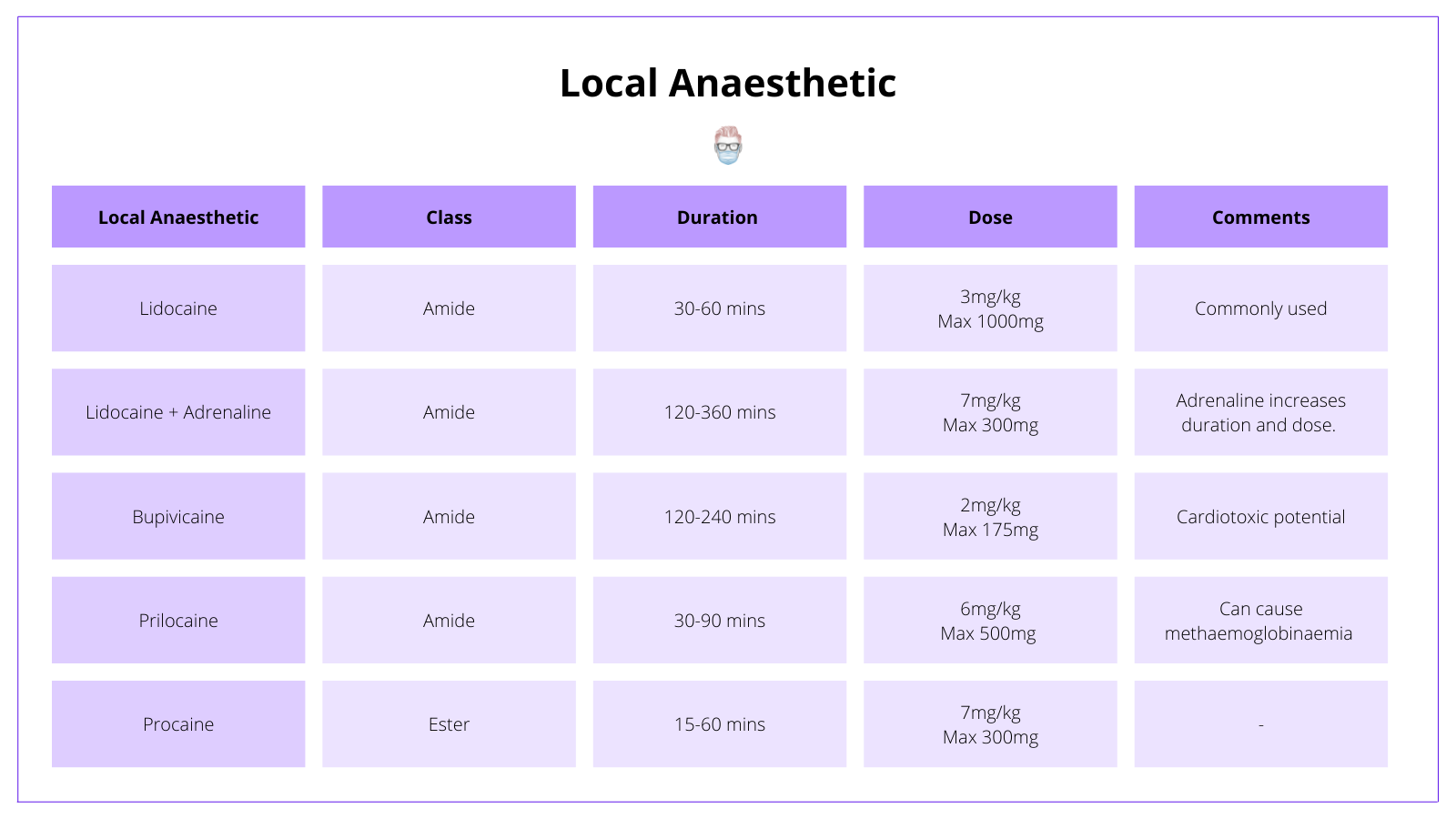In this week's edition
- ✍️ Letter from P'Fella
The biggest dogma in plastic surgery. - 🤓 The Sunday Quiz + Leaderboard
How well do you know Local Anaesthetic? - 🎈 Upcoming Events
10 number of events in next 6 months. - 🚀 New Updates
You will love the Fellows' Corner - 🔥 3 New Articles with summaries!
Local Anaesthetic Injection & Calculation Tips - 💕 Feedback
Suggest ideas & give feedback!
A Letter from P'Fella
What's the Biggest Dogma in Plastic Surgery?
Today, I'm excited to discuss a topic that often ignites lively debate among plastic surgery professionals: What's the biggest dogma in plastic surgery? Let's challenge conventional wisdom and reconsider long-held beliefs.
👇
Lemme start…
A prominent dogma in our field involves the use of adrenaline in finger local anaesthesia. Traditionally shunned due to fears of gangrene, this practice is rooted in teachings passed down through generations.
Back in 1903, Heinrich Braun introduced epinephrine into cocaine solutions to extend anaesthesia effects, acting as a 'chemical tourniquet.' Despite its benefits, Braun urged caution, particularly in digits, due to potential risks if the epinephrine action was too intense or prolonged—especially when blood supply was already compromised. This caution dated from a time when adrenaline was manually diluted.
Why the Persistence of this Dogma?
Why does this caution still hold sway? It stems from a medical culture that prioritises "do no harm," leading us to opt for what seems safest—typically plain lidocaine or bupivacaine—due to historical concerns.
Textbook influence is also profound. Titles like 'Green's Operative Hand Surgery' have consistently cautioned against using epinephrine in digital blocks, reinforcing this cautious approach for decades.
What does the evidence say?
PlasticsFella Twitter polls show that over 75% of practitioners now safely use adrenaline in finger procedures, with no complications reported, challenging these fears. Historical data from a 1967 study with 421 cases using lidocaine and epinephrine, which reported zero digital gangrene incidents, supports this shift.
Moreover, the 2005 Dalhousie Project by Donald Lalonde, which documented adrenaline's safe use in thousands of cases without any finger infarction or tissue loss, further confirms its safety in controlled settings, questioning traditional prohibitions.
As we reassess medical dogmas, I encourage you to share: What's your biggest dogma in plastic surgery? Post your thoughts below, and let's explore these topics in this week's edition of Behind the 'Fella.
tl;dr
- Outdated dogma against using adrenaline in finger anesthesia, citing historical fears of gangrene.
- Modern studies and surveys show adrenaline is safe, challenging old beliefs.
- Encourages reevaluation of longstanding practices in plastic surgery.
The Sunday Quiz
How well do you know Local Anaesthetic?
Each edition of thePlasticsPaper includes a quiz question designed to challenge and engage our readers. Keep your wits about you and join in every week—the winner at the end six rounds will earn you a $100 voucher.
Good luck!

Upcoming Events
A Curated List of Webinars, Courses & Conferences
New Features
Introducing "The Fellow's Corner" 🌟
The Fellow's Corner
We're thrilled to unveil an exciting new section in your favorite plastic surgery newsletter — The Fellow's Corner!
This unique space is designed to bring fresh perspectives and deep insights directly from the frontlines of plastic surgery, shared by our esteemed educational fellows from Scotland, Malta, and South Africa.
Got a topic or question for our fellows? Send your suggestions below and be a part of the conversation shaping the future of "The Fellow's Corner."
👇
Articles of the Week
3 Interesting Articles with 1 sentence summaries.
Surgeons can easily calculate safe local anesthetic volumes by dividing the patient's weight in kg by 10 and multiplying by the maximum safe dose in mg/kg, adjusting for solution concentration as needed.
The article provides 13 tips for minimizing pain during local anesthesia injections, including using buffered solutions, smaller needles, strategic syringe handling, and careful injection techniques to enhance patient comfort and effectiveness
The article highlights a revolution in local anesthesia techniques in plastic surgery over the past decade, detailing advances like painless blunt-tipped cannula use, sharper needle injections with less pain, and long-lasting anesthetics via liposomal encapsulation, all contributing to safer, more comfortable procedures without sedation


